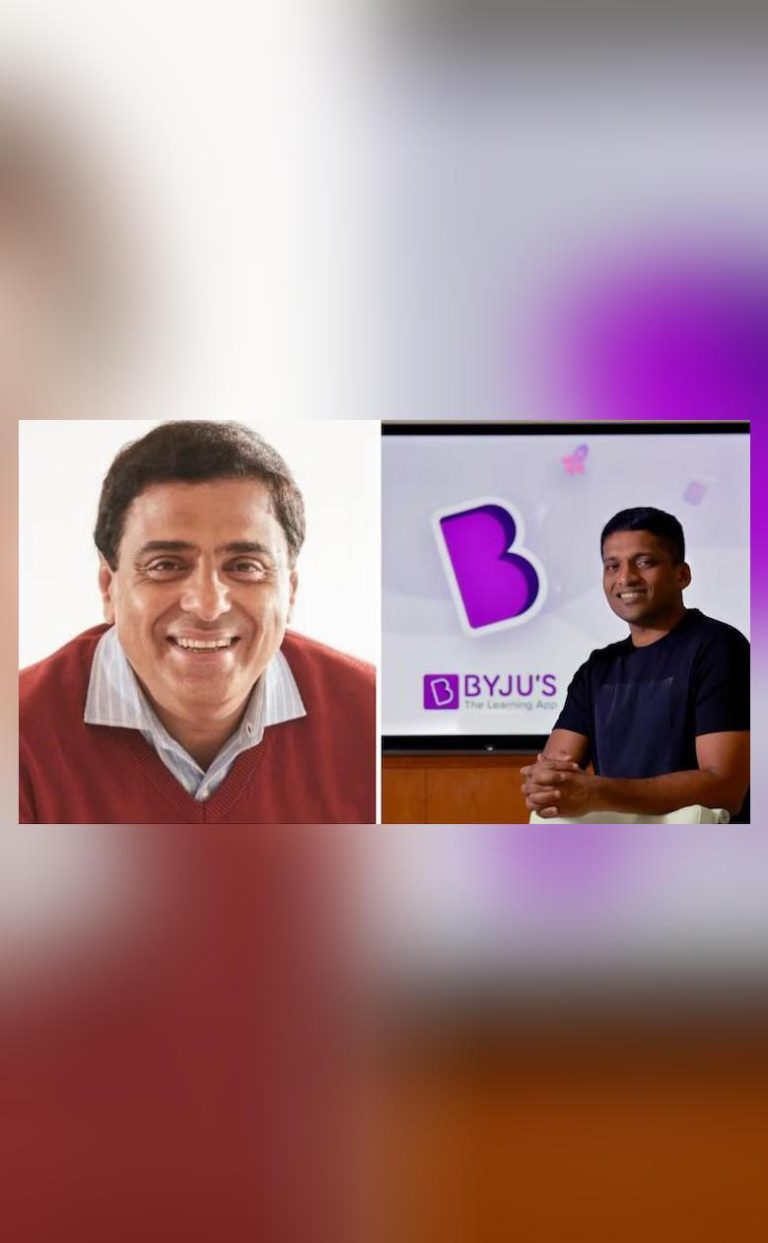
Insta Grabs Attention Fast; FB Builds Lasting Community & Loyalty
As a digital marketer, building brand recall and loyalty is the ultimate goal. To achieve this, you need to understand the nuances of each social media platform and leverage their unique strengths. Two of the most popular platforms, Instagram and Facebook, have distinct characteristics that set them apart. While Instagram is designed to grab attention quickly, Facebook fosters dialogue and community engagement. In this blog post, we’ll explore the user preferences and engagement patterns of both platforms to help you create a winning social media strategy.
Instagram: The Attention-Grabber
Instagram is all about visual storytelling. With its feed-based design, users scroll through a endless stream of images and videos, pausing only to engage with content that catches their eye. This fleeting nature of Instagram content means that you need to be bold, attention-grabbing, and consistent to stand out in a crowded feed. Here are some key takeaways about Instagram:
- Attention span is short: Users spend an average of 53 minutes per day on Instagram, but most of that time is spent scrolling through their feed quickly.
- Visual content reigns supreme: Instagram is a visual-centric platform, making it essential to use high-quality images and videos to grab attention.
- Consistency is key: Posting regularly helps keep your audience engaged and increases the chances of your content being seen.
- Hashtags are crucial: Using relevant hashtags can increase your reach and attract new followers.
Facebook: The Community Builder
Facebook, on the other hand, is all about fostering dialogue and community engagement. With its comment section, groups, and events features, Facebook encourages users to participate and interact with each other. This stickiness of Facebook content means that you need to focus on creating content that sparks conversations and builds relationships. Here are some key takeaways about Facebook:
- Engagement is deeper: Users spend an average of 38 minutes per day on Facebook, and most of that time is spent engaging with content, commenting, liking, and sharing.
- Content is more varied: Facebook allows you to share a wide range of content, from text-only updates to videos, photos, and links.
- Community building is essential: Creating groups, events, and engaging with users through comments and messages helps build a loyal community around your brand.
- Timing is everything: Posting at the right time can increase engagement and reach, as users are more likely to see and interact with content when it’s relevant to their interests.
Why You Need Both
While Instagram is great for grabbing attention quickly, Facebook is essential for building lasting community and loyalty. Here are some reasons why you need both platforms in your social media strategy:
- Instagram provides immediate brand recall: With its attention-grabbing visuals and consistent posting schedule, Instagram helps keep your brand top of mind.
- Facebook fosters community loyalty: By encouraging dialogue and engagement, Facebook helps build a loyal community around your brand.
- Diversifying your content: Using both platforms allows you to share different types of content, from short-form videos on Instagram to longer-form updates on Facebook.
- Measuring engagement differently: Instagram’s engagement metrics (e.g., likes, comments, saves) are different from Facebook’s (e.g., likes, comments, shares), so it’s essential to understand how each platform measures engagement.
Conclusion
In conclusion, Instagram and Facebook are two distinct social media platforms with unique strengths and weaknesses. While Instagram is designed to grab attention quickly, Facebook fosters dialogue and community engagement. To build both brand recall and loyalty, you need the immediacy of Instagram and the stickiness of Facebook. By understanding the user preferences and engagement patterns of each platform, you can create a winning social media strategy that drives results.
Source:
https://www.growthjockey.com/blogs/instagram-vs-facebook-user-preferences-and-engagement






